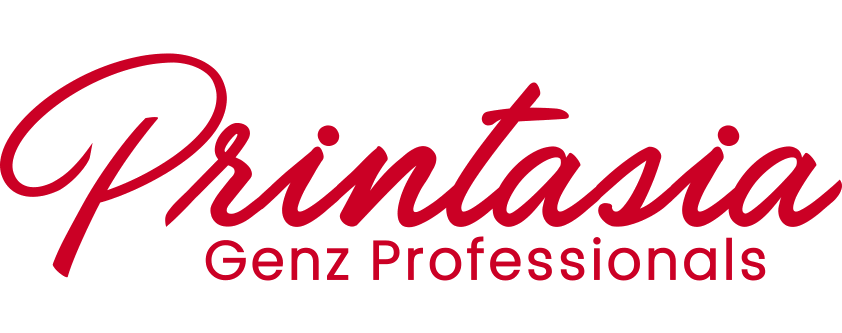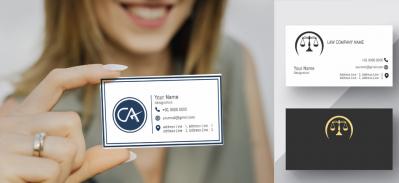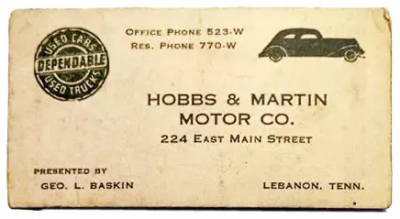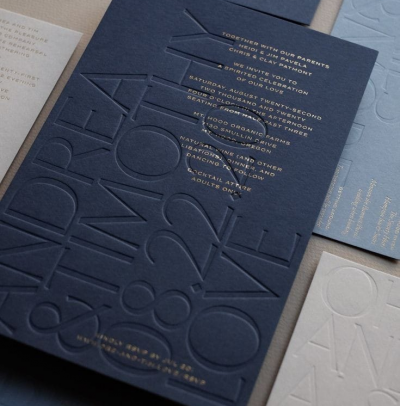Dive into Success: Water Supply Visiting Card Design Tips
Dive into Success: Water Supply Visiting Card Design Tips
In the world of water supply and distribution, where reliability, trust, and professionalism are paramount, your visiting card is often the first interaction between your business and potential clients. A well-designed visiting card serves as a symbol of your dedication to providing clean and safe water and reflects your commitment to excellence. In this blog, we will explore the art of creating a compelling water supply visiting card that will help your business "Dive into Success."
The Significance of Visiting Cards in Water Supply Businesses
Water supply is a fundamental necessity for communities, businesses, and individuals. Whether you're involved in municipal water supply, private water utilities, or specialized water treatment services, your visiting card plays a crucial role in building a strong first impression. It's not merely a piece of paper with contact information; it's a reflection of your commitment to delivering clean and safe water to your clients.
Your water supply visiting card should embody your business's identity, values, and mission. It serves as a visual representation of your dedication to excellence and reinforces trust in your services. Therefore, it's vital to design a visiting card that reflects your professionalism, reliability, and the vital role you play in ensuring access to clean water.
Now, let's explore essential tips and ideas to create a compelling water supply visiting card that helps your business "Dive into Success."
- Professional Branding
To convey professionalism and competence, your visiting card should adhere to a consistent branding scheme. Incorporate your company's logo, color palette, and typography that align with your established brand identity. This consistency helps in building trust and recognition among clients and partners.
- Clear and Concise Information
The primary purpose of a visiting card is to provide essential contact information. Ensure that the card includes your company name, your name and title, phone number, email address, website, and office address. Make sure the text is clear, legible, and well-organized. Clients and potential partners should be able to find the information they need at a glance.
- Minimalistic Design
In the water supply industry, simplicity and clarity go a long way. A minimalistic design can create an impression of professionalism and reliability. Consider a clean, uncluttered layout that emphasizes the essential details while maintaining a modern and elegant appearance.
- Water-Themed Imagery
Given the nature of your business, water-themed imagery can be a powerful visual element. You can incorporate images of water sources, treatment facilities, or water distribution systems that are part of your operations. These images should be relevant, of high quality, and serve to highlight the key aspects of your services.
- Sustainable Design Elements
Water supply businesses often prioritize sustainability and eco-friendliness. You can reflect this commitment by using sustainable design elements for your visiting card. Opt for recycled or eco-friendly paper and environmentally responsible printing techniques to demonstrate your dedication to sustainability.
- Strong Typography
Typography plays a crucial role in your visiting card's design. Choose fonts that are easy to read and align with the professionalism of your business. It's essential that your company name stands out and is easily identifiable.
- Unique Shape and Size
Visiting cards don't have to be the standard rectangular shape. Consider unique shapes or sizes that reflect the nature of your business. For instance, a water droplet-shaped card or a card in the dimensions of a water bottle can add a distinct touch to your branding.
- Material Selection
The choice of material for your visiting card is another important consideration. Consider selecting a high-quality, durable material that reflects the reliability of your water supply services. Opt for materials that can withstand wear and tear, ensuring your cards remain in good condition.
- Clear Brand Message
Incorporate a clear and concise brand message that communicates your business's mission and values. This message should be succinct and compelling, providing a snapshot of what your water supply company stands for and the benefits it offers.
- Incorporate Water Treatment Icons
If your business specializes in water treatment, consider incorporating relevant icons or symbols into your design. Icons representing filtration, purification, and clean water can visually convey your area of expertise.
- QR Codes for Quick Access
Incorporate a QR code on your visiting card that links to your website, a portfolio of your work, or more detailed information about your services. This provides a convenient way for potential clients to access additional resources and learn more about your company.
- Personalized Thank You Notes
Adding a personalized thank you note on the back of your visiting card is a thoughtful gesture. Express your gratitude for considering your services or working with your company. It adds a personal touch and creates a lasting impression.
- Industry Certifications and Logos
If your water supply business holds specific industry certifications or memberships in professional organizations, consider including their logos on your card. This not only adds credibility but also indicates your commitment to maintaining industry standards.
- Highlight Success Stories
Consider incorporating brief success stories or case studies on your visiting card. Showcase how your services have made a difference in ensuring a clean and safe water supply. These stories can add a human touch to your card, making it more engaging.
- Contact Icons
In addition to text-based contact information, you can use contact icons to represent different modes of communication, such as a phone icon for your contact number, an envelope icon for email, and a location pin for your office address. These icons enhance the visual appeal and make it easier for recipients to identify contact methods.
- Watercolor Elements
Watercolor design elements can evoke a sense of fluidity and transparency, which aligns with the essence of water supply. Incorporate subtle watercolor textures, hues, or illustrations to create a visually appealing and distinctive card.
- Industry Insights
Add industry insights or interesting facts about water supply on the back of your visiting card. These insights can showcase your expertise and educate your audience about the importance of a clean water supply.
- Texture-Enhanced Elements
Consider using texture-enhanced printing techniques to give specific elements, such as your company logo, a tactile dimension. This can add a memorable and premium feel to your card.
- Testimonials
Incorporating brief client testimonials on your card can be a powerful trust-building strategy. Select concise and positive feedback that highlights your reliability, professionalism, and the quality of your services.
- Full Bleed Design
Opt for a full-bleed design that extends colors or imagery to the edge of the card. This creates a visually striking effect and gives your visiting card a polished and attention-grabbing look.
- Geographical Highlights
If your water supply business serves specific geographical regions, consider highlighting them on your visiting card. This can instantly convey the areas you cater to and make your card more region-specific.
- Waterproof Finish
Given the nature of your business, it might be beneficial to use a waterproof finish on your visiting cards. This can help them withstand exposure to water, ensuring they remain in good condition and continue to represent your business professionally.
- Interactive Elements
For a unique touch, consider incorporating interactive elements into your visiting card. Elements like pull-out tabs or folding sections can provide additional information about your services, making your card more engaging and informative.
- Custom Die-Cut Cards
Custom die-cut visiting cards can be created in shapes that are relevant to the water supply, such as a water drop, a faucet, or a water
















